A selection of these make up a special flower hunt, which can be taken up at anytime during the year. This one is great for kids! You can download and print off a worksheet for kids here. Use the guide below to search out the flowers and fill them into your worksheets.
A map of the route can be found on AllTrails here
- Start at porcelain tile map at the bottom of Akizuki (this is just north of the Megane Bridge at the entrance of the town).
- Walk up the main road, keeping an eye on the left hand side for your first flower: (1) Kikyo (ききょう) or Japanese Bellflower is a strong purple, five petal flower which is the symbol of love, honesty, and obedience.

- Turn left before the paper shop (don’t worry it is a path) and follow the river around until you arrive back onto a road. Turn left and follow it around past the wood cutting shop. It winds north-east until you arrive at a bigger road where you can see a garage saying “Route 66”. Turn right onto this road and then take the first left, where there is a corrugated iron fence.
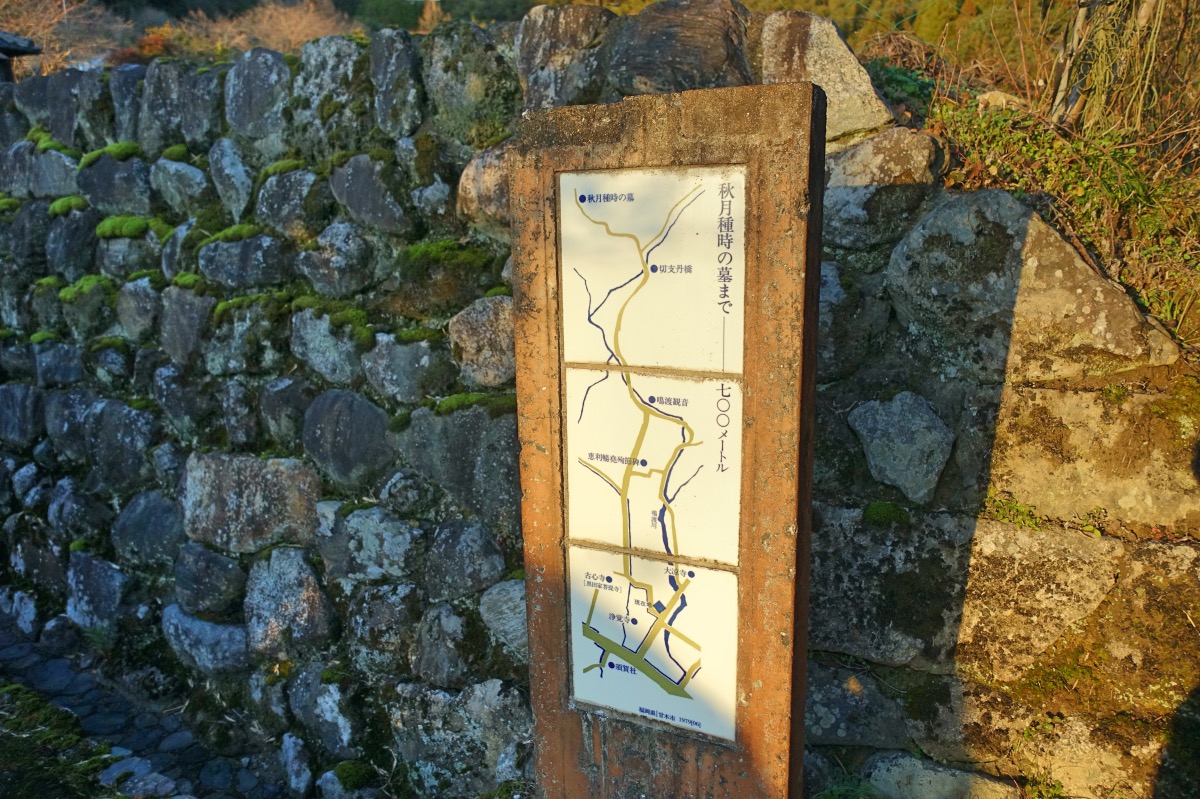
- At the junction you will see a post where (2) Yamabuki (やまぶき) or Japanese yellow rose should be. The flower has disappeared but record your flower (see image below).
- From here take the eastern path (turning right from the way you came) and then turn left at the end of the path, where you will find (3) Ajisai (あじさい) or Japanese Hydrangea. These popular flowers are a symbol of Japan’s rainy season, blooming in June and July.

- Carry on the path heading east until you get onto the main street you started on. Turn left then take the first right on the Sugi no baba as you walk along keep an eye on your right hand side. There are two flowers to spot here. (4) Hagi (はぎ) or Japanese bush clover are small pink flowers that hang down from vines. (5) Susuki (すすき) or maiden silvergrass is a tall grass that blooms in August, signalling the end to the mountain stream fishing season.
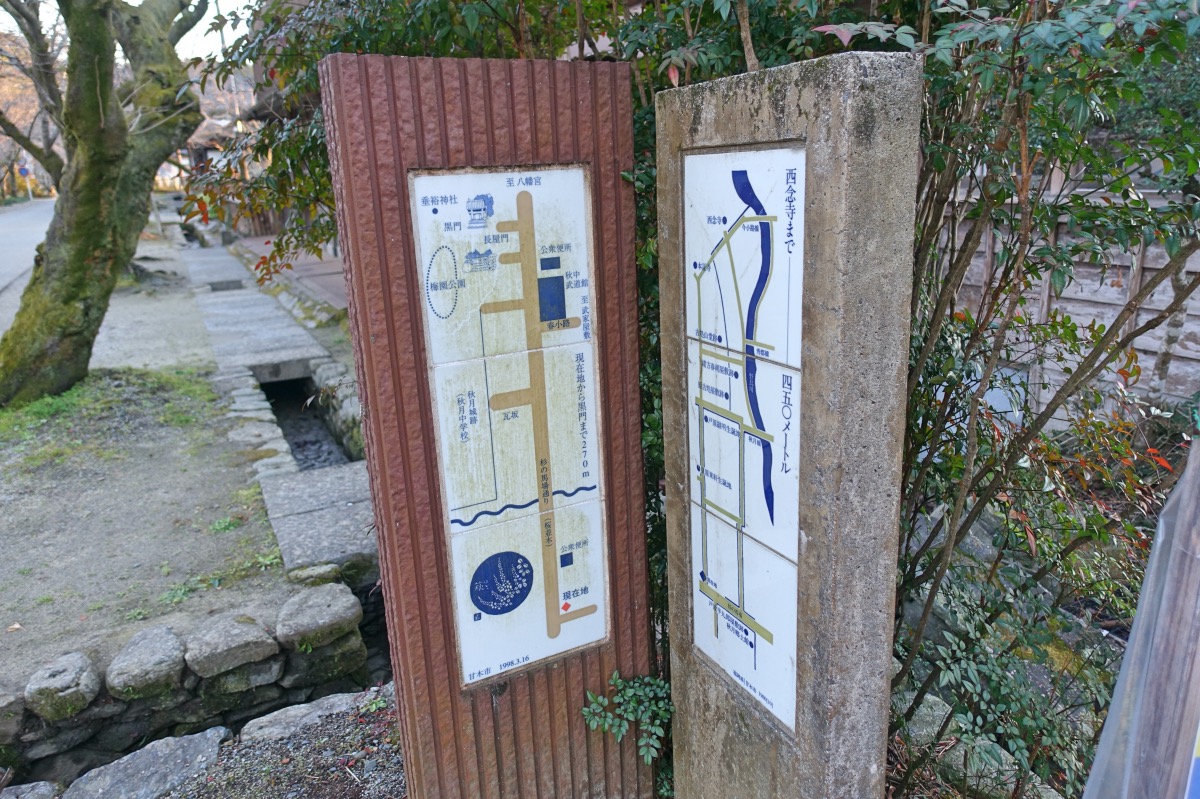
- Once you have seen (5) Susuki (すすき) turn right down the road until it ends in a T-junction. Here you will find (6) kuzu (くず) or wild arrowroot, which is one of Akizuki’s most important natural products and was a popular offering to the Tokugawa Shoguns.
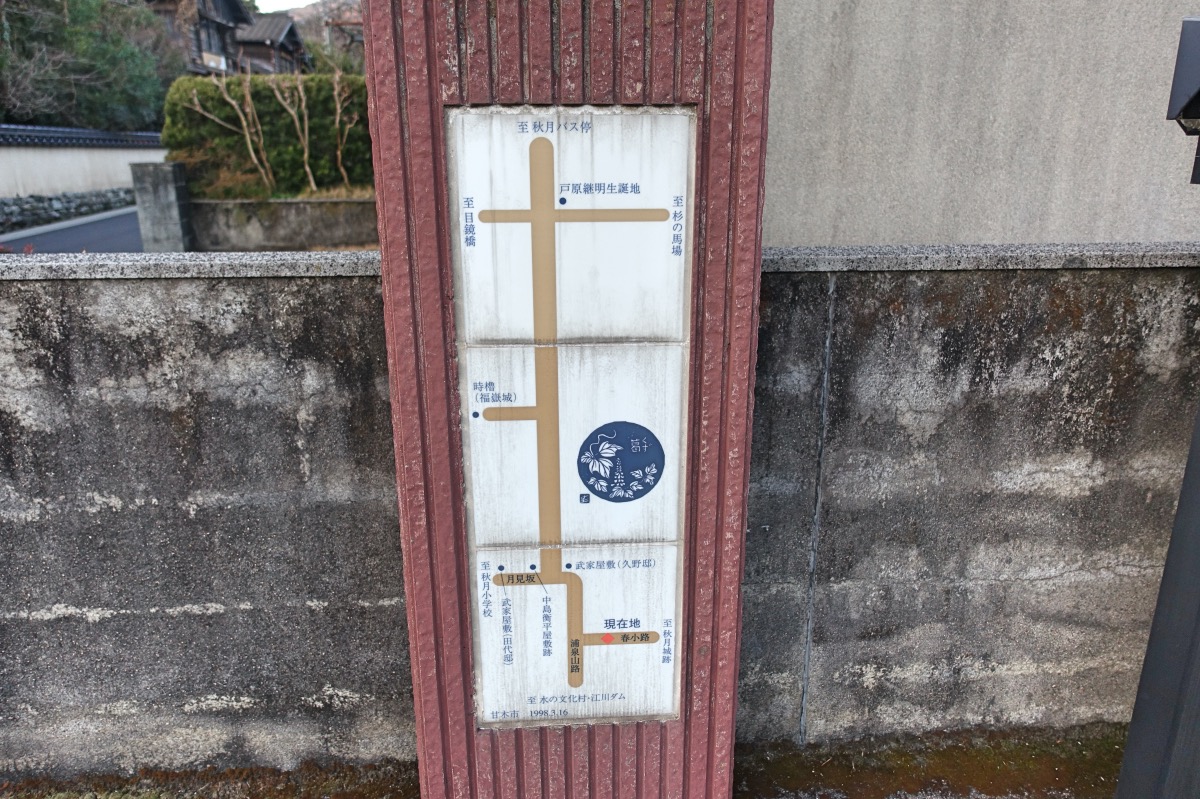
- Take the right option after you have recorded your flower and get ready. It’s about to get busy, first with (7) Nadeshiko (なでしこ) or wild carnation, which is a symbol of Japanese womanhood. Next (8) Ominaeshi (おみなえし) or yellow flowered valerian is a bright flower with medicinal roots. Finally (9) Fujibakama (ふじばかま) or thoroughwort which has small but beautifully scented flowers.
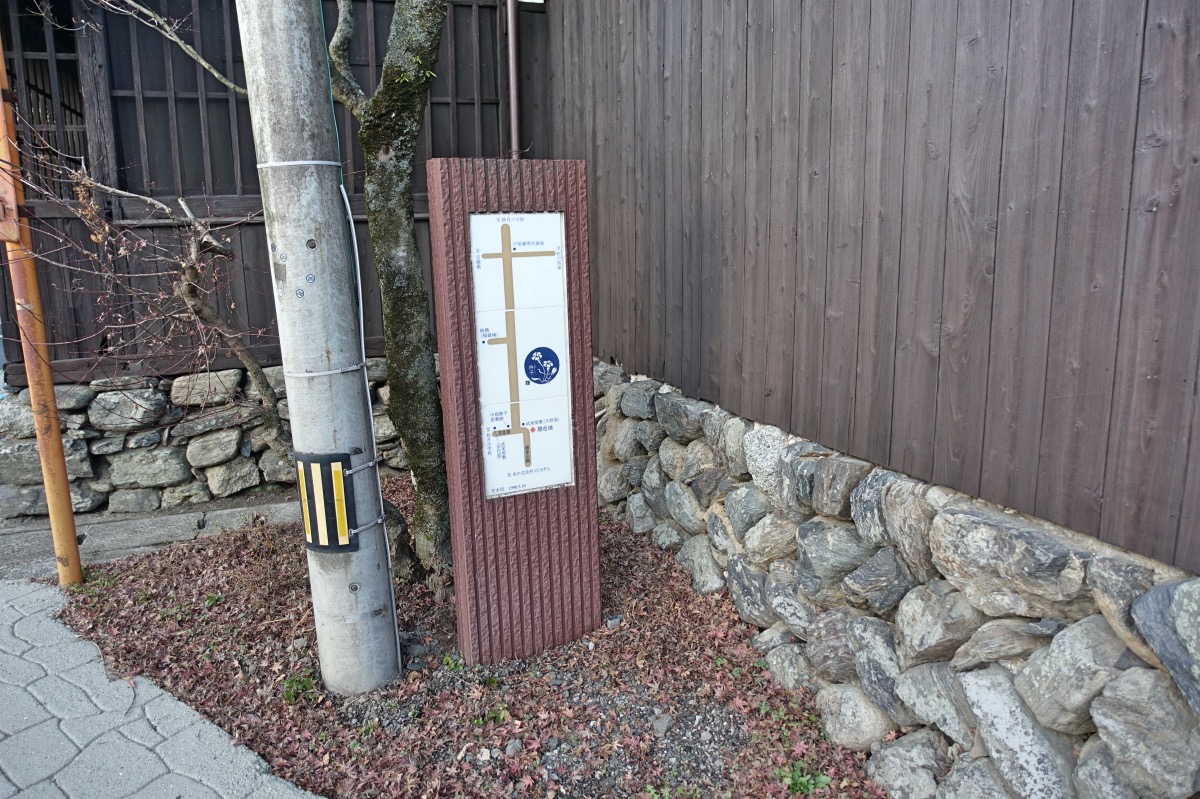
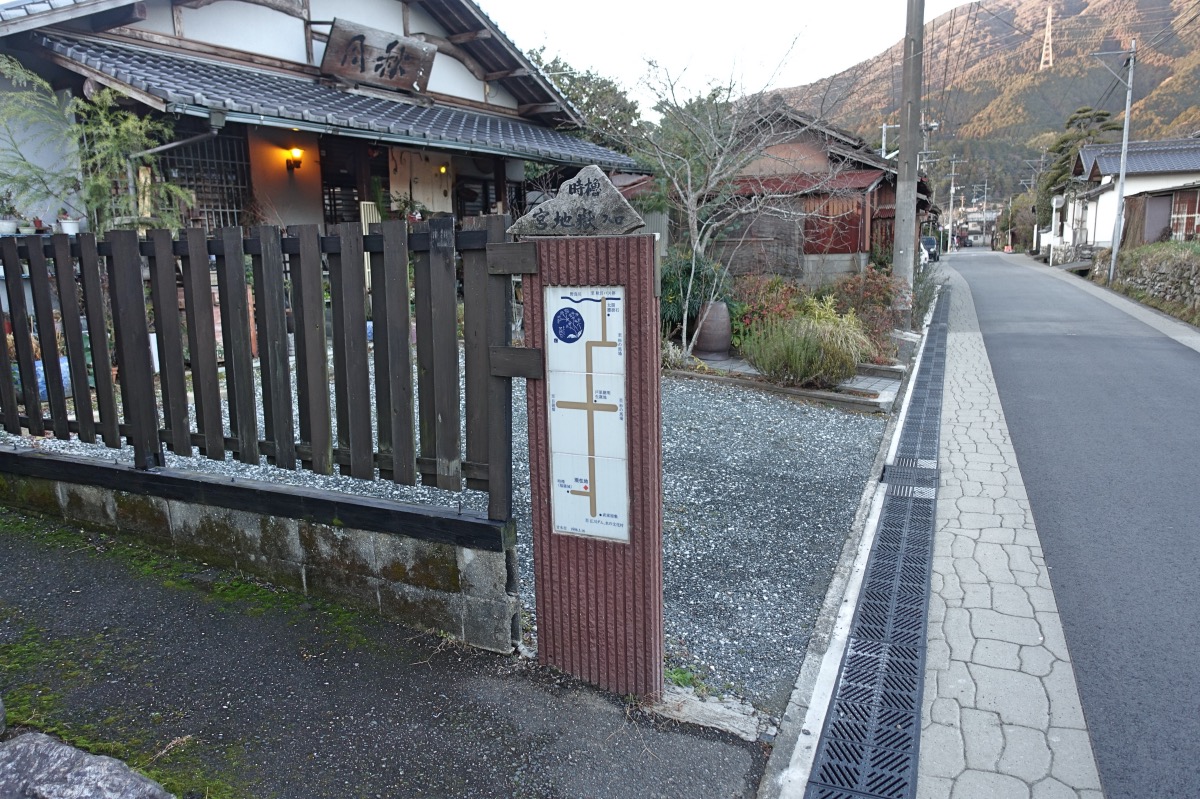
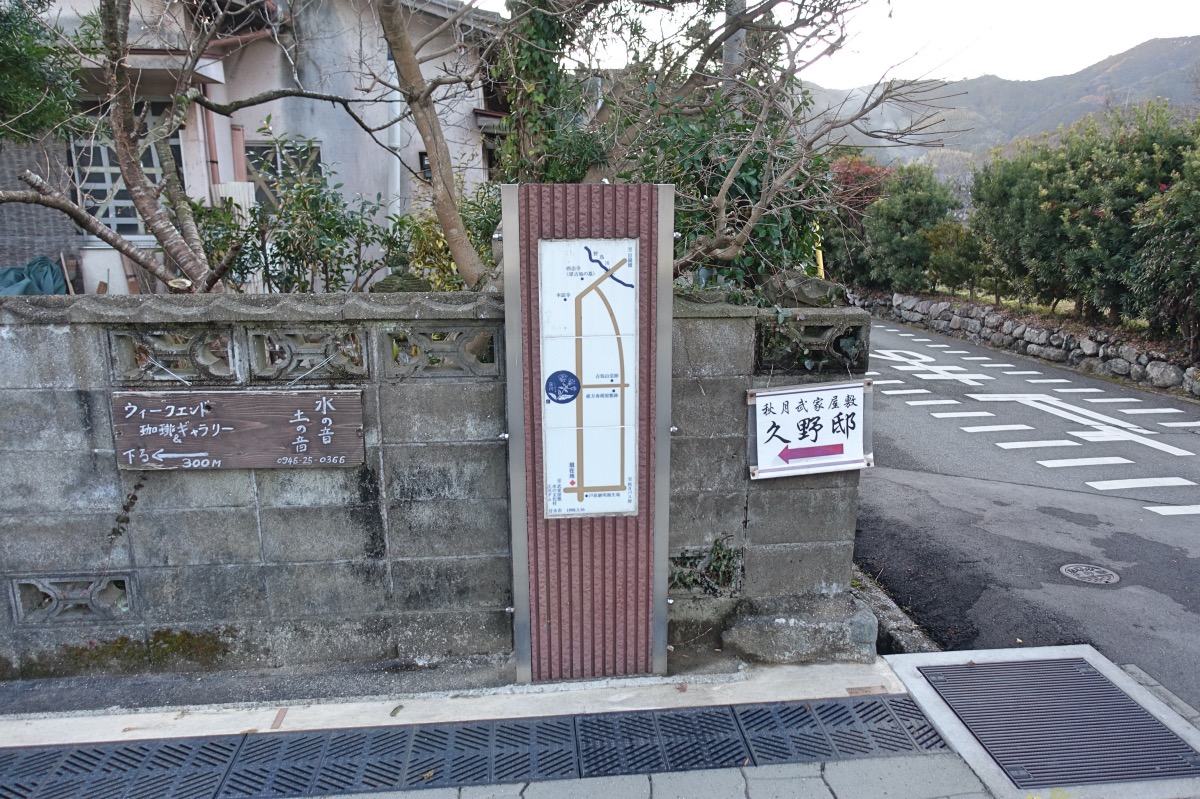
- Well done! You have collected all the flowers. You now have two options – you can complete the loop (by taking the left hand turn after (9) and then following the road around until it arrives on the main street again. Turn right to walk down to the map after this) or you can go find a well deserved treat.
